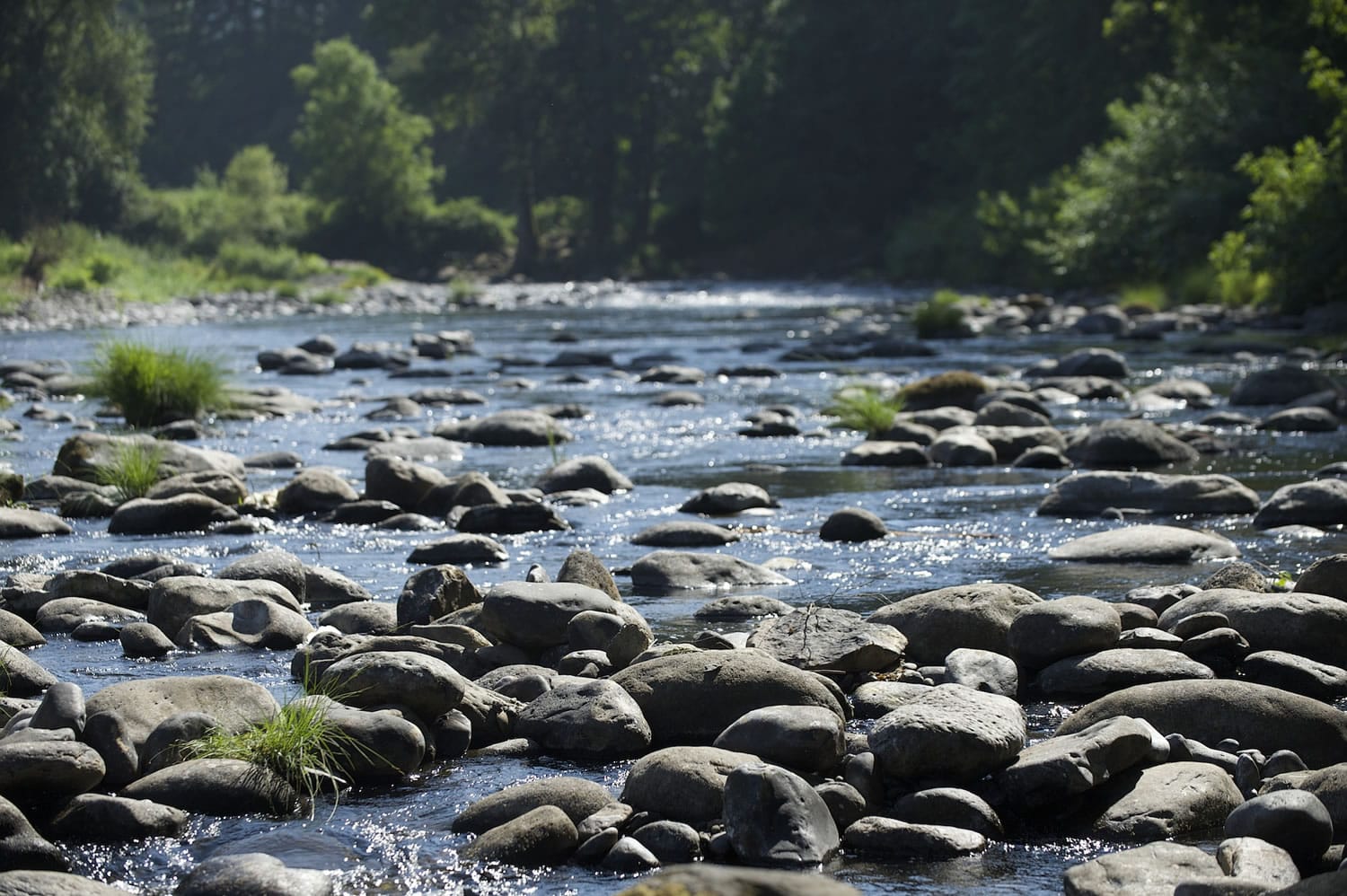In early July, a record streak of hot weather pushed Washington’s already formidable drought to new depths.
The impact was acutely felt in the state’s rivers and streams. Water temperatures climbed into dangerous or even lethal territory for fish. Flow levels dropped. And officials feared the worst was yet to come.
That may still prove true. But less extreme heat and longer nights have allowed water temperatures to drop in many places, providing some respite for fish. That’s good news as fall salmon runs begin to arrive, but not enough for wildlife managers, fishermen and others to exhale just yet.
“It’s a pretty serious situation,” said Bob Rees, executive director of the Association of Northwest Steelheaders. “Temperature has everything to do with fish health.”
At Bonneville Dam, for example, the Columbia River registered a temperature of 71.5 degrees on Thursday. That’s lower than it was at times in July — when it was as warm as 73 degrees — but high enough to be cause for concern.
“Once you start approaching temperatures in the 70-degree range … that’s when things start to get rough for salmon,” said Bryce Glaser, a natural resource scientist with the Washington Department of Fish and Wildlife in Vancouver.
Many local waterways have seen record-low flows or high temperatures this year. In Clark County, WDFW has closely watched the East Fork of the Lewis River and the Washougal River. Fishing restrictions remain in place on stretches of both rivers.
High water temperatures can cause fish to become stressed or die, Glaser said, and problems have already occurred this year. And if water levels become too low, it may create migration barriers for fish making their way to spawning grounds.
Conditions on rivers and streams will largely be at the mercy of Mother Nature. But WDFW officials do have a few options at their disposal to help fish if a waterway becomes impassable due to low flows, Glaser said.
For wild fish, the agency could build a temporary structure or chute to temporarily divert flows and improve passage, Glaser said. For hatchery fish, workers could simply collect the fish and transport them directly to hatcheries, he said. But widespread blockages could prove problematic given available resources, he added. Water levels typically don’t bottom out in most places until late September.
The state Department of Ecology last month began accepting applications for drought relief funding to public entities. So far, no applications have come from Clark County, said Ecology spokesman Chase Gallagher.
Among the early projects approved for a grant will help fish passage on the Olympic Peninsula, according to the ecology department. Other grant applications seek to fund projects related to water storage, wells and irrigation.
More requests will likely come in. With more than a month of summer left to go, “We’re seeing things that we just haven’t seen,” Gallagher said.
Regardless of what the coming weeks bring, this year has already extracted a heavy toll on the region’s fish. Warm temperatures have reportedly killed hundreds of thousands of sockeye salmon and other species on the Columbia River and its tributaries. Many other fish have shown signs of stress. It could be years before the full impact of this year’s drought is known, said Rees of the steelheaders association.
The drought shows no signs of ending soon. On Thursday, the U.S. Drought Monitor expanded its “extreme drought” designation to cover more than half of Washington. Clark County is considered to be in “severe drought” — one category below “extreme” — according to the federal agency.
Meanwhile, reports of fishing restrictions and challenges continue to come in from across the state, said Cindy LeFleur, regional fish program manager for WDFW.
“It’s just a very unique situation,” LeFleur said, “and not a good one for the fish.”




